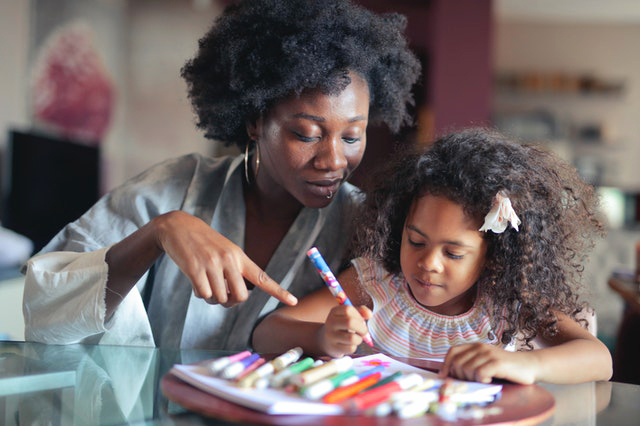Benefits of Teaching Children a Second Language
Teaching children a second language at a very early age might seem like overkill, but it can be incredibly beneficial to their academic success.
Young children are constantly learning things, whether it’s how to walk, how to speak, or how to count. Because of this, it probably seems like overkill to begin teaching them a second language when they’re barely fluent in their native tongue. As you’ll see from these benefits of teaching children a second language, a bilingual education at a young age is far more helpful than it is hurtful.
If you think the idea of teaching preschool and kindergarten students a second language in tandem with other subjects sounds like a lot, that’s understandable. You’ll probably feel like you’re cramming too much by throwing that second language into their education, but that’s not the case. Introducing a second language at an early age is key because a child’s mind is at its most flexible before the age of five. Surprisingly, learning a new language at an early age is easier than learning it later down the line.

Introducing a second language at an early age can boost a child’s cognitive abilities, which can help their education flourish in the long run. Challenging their minds with a new language will ultimately help them achieve success in school by fueling their memory, problem-solving skills, focus, and interest in different cultures. Even a study at the Cornell Language Acquisition Lab (CLAL) came to the conclusion that young children who are learning a second language have the ability to “maintain attention despite outside stimuli better than children who only know one language.” In other words, learning a second language has the potential to help students be at the top of their class.
Whether you’re a teacher who wants to introduce it in the classroom or a parent who wants to educate their child at home, there are a few creative ways to teach a second language. For instance, seeking out some bilingual children’s books is a great way to introduce basic subjects such as counting, vocabulary, and even some culture, if you find the right story. Teaching through music with the help of catchy tunes is also a fun way to teach young children pronunciations.
Another strong method for teaching a second language is through an interesting concept by the name of Total Physical Response (TPR), which combines vocabulary with physical actions in a way that helps students swiftly understand and memorize new words. Using these teaching methods will help you take advantage of the benefits of teaching children a second language in a fun, effective way.


